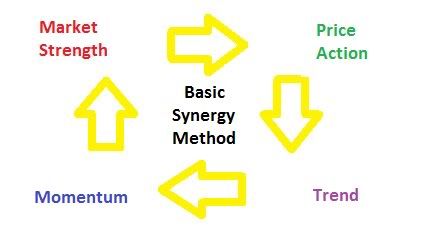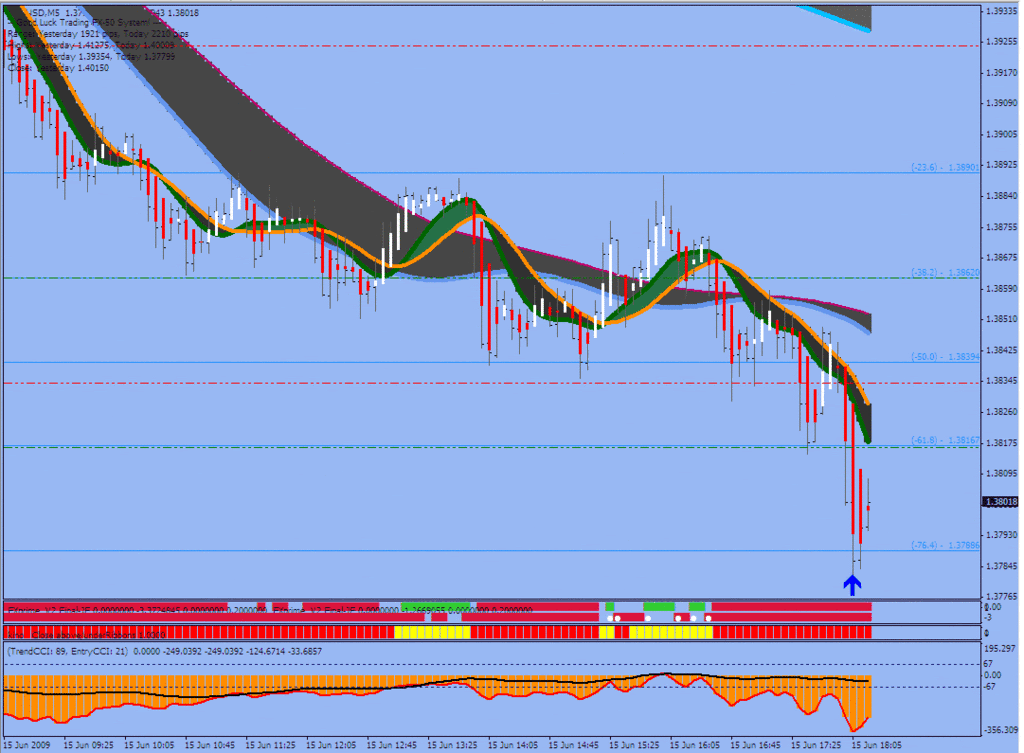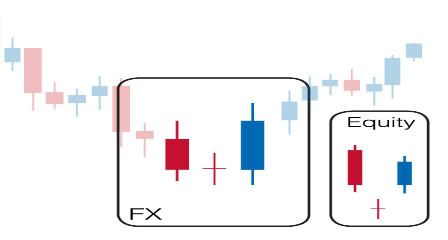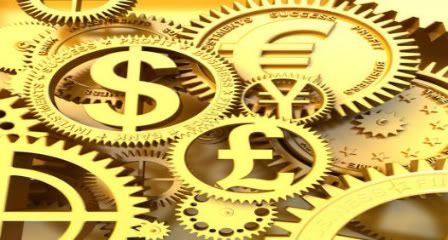The foreign exchange market (forex, FX, or currency market) is a global, worldwide decentralized financial market for trading currencies. Financial centers around the world function as anchors of trading between a wide range of different types of buyers and sellers around the clock, with the exception of weekends. The foreign exchange market determines the relative values of different currencies.
The primary purpose of the foreign exchange is to assist international trade and investment, by allowing businesses to convert one currency to another currency. For example, it permits a US business to import British goods and pay Pound Sterling, even though the business' income is in US dollars. It also supports direct speculation in the value of currencies, and the carry trade, speculation on the change in interest rates in two currencies.
In a typical foreign exchange transaction, a party purchases a quantity of one currency by paying a quantity of another currency. The modern foreign exchange market began forming during the 1970s after three decades of government restrictions on foreign exchange transactions (the Bretton Woods system of monetary management established the rules for commercial and financial relations among the world's major industrial states after World War II), when countries gradually switched to floating exchange rates from the previous exchange rate regime, which remained fixed as per the Bretton Woods system.
The foreign exchange market is unique because of
its huge trading volume representing the largest asset class in the world leading to high liquidity;
its geographical dispersion;
its continuous operation: 24 hours a day except weekends, i.e. trading from 20:15 GMT on Sunday until 22:00 GMT Friday;
the variety of factors that affect exchange rates;
the low margins of relative profit compared with other markets of fixed income; and
the use of leverage to enhance profit and loss margins and with respect to account size.
As such, it has been referred to as the market closest to the ideal of perfect competition, notwithstanding currency intervention by central banks. According to the Bank for International Settlements, as of April 2010, average daily turnover in global foreign exchange markets is estimated at $3.98 trillion, a growth of approximately 20% over the $3.21 trillion daily volume as of April 2007. Some firms specializing on foreign exchange market had put the average daily turnover in excess of US$4 trillion.
The $3.98 trillion break-down is as follows:
$1.490 trillion in spot transactions
$475 billion in outright forwards
$1.765 trillion in foreign exchange swaps
$43 billion Currency swaps
$207 billion in options and other products



















